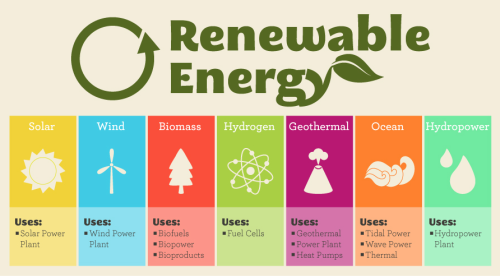
From turning on the lights in your room, to lighting a fire – energy is everywhere. Even if you decide to spend your day lazily watching television on the couch, your body still uses energy. That being said, energy cannot be created or destroyed; it can only be transferred from one form to another. It is therefore clear that energy can exist in many forms, and is necessary for any organism, object or system to operate efficiently.
Centuries ago, scientists thought that energy was a mere philosophical concept describing the occurrence of events, including our emotions. However, since the days of Isaac Newton, energy was seen rather as the “force” behind motion. This was further defined by the mass-energy equivalence, proposed by Albert Einstein, stating that a measured quantity of energy is equivalent to a measured quantity of mass and vice versa. There are many ways to describe and measure energy, but in physics (in SI units), energy is generally measured in Joules – the amount of work done to an object when a force of 1 Newton is applied to move it 1 meter, in terms of mechanical energy.
Mechanical energy can be categorized into two principal groups: kinetic and potential energy. Kinetic energy refers to the energy associated with motion, whereas potential energy refers to energy in terms of position or configuration. The sub-categorization of energy within these two groups is extremely diverse, as both kinetic and potential energy display numerous varieties. Let’s take a closer look at the various types of energies:
1. Kinetic energy: This is related to the motion of larger, observable by the naked-eye, objects or systems.
2. Thermal energy: Thermal energy refers to the motion of particles, at the microscopic level, that leads to the flow of heat.
3. Electrical energy: Involves the movement of electrical charges such as the lightning.
4. Electromagnetic radiation: The movement and disturbances of waves and oscillations, such as infrared radiation.
5. Gravitational potential energy: This includes mass in any observable position affected by gravity. For example, a ball thrown above the ground.
6. Elastic potential energy: Related to stored energy such as that of a stretched elastic rubber band.
7. Nuclear energy: Nuclear energy can either be those of Nuclear weak or Nuclear strong forces. Strong nuclear energy includes nuclear weapons, whereas weak nuclear energy is limited to concepts such as radioactive decay.
Understanding energy, its forms, and how it is measured is crucial – you have to understand how to calculate the various forms of energy by using the relevant equations taught in the Physics tuition classes, to be able to solve problems in physics as well as ace your exams!

